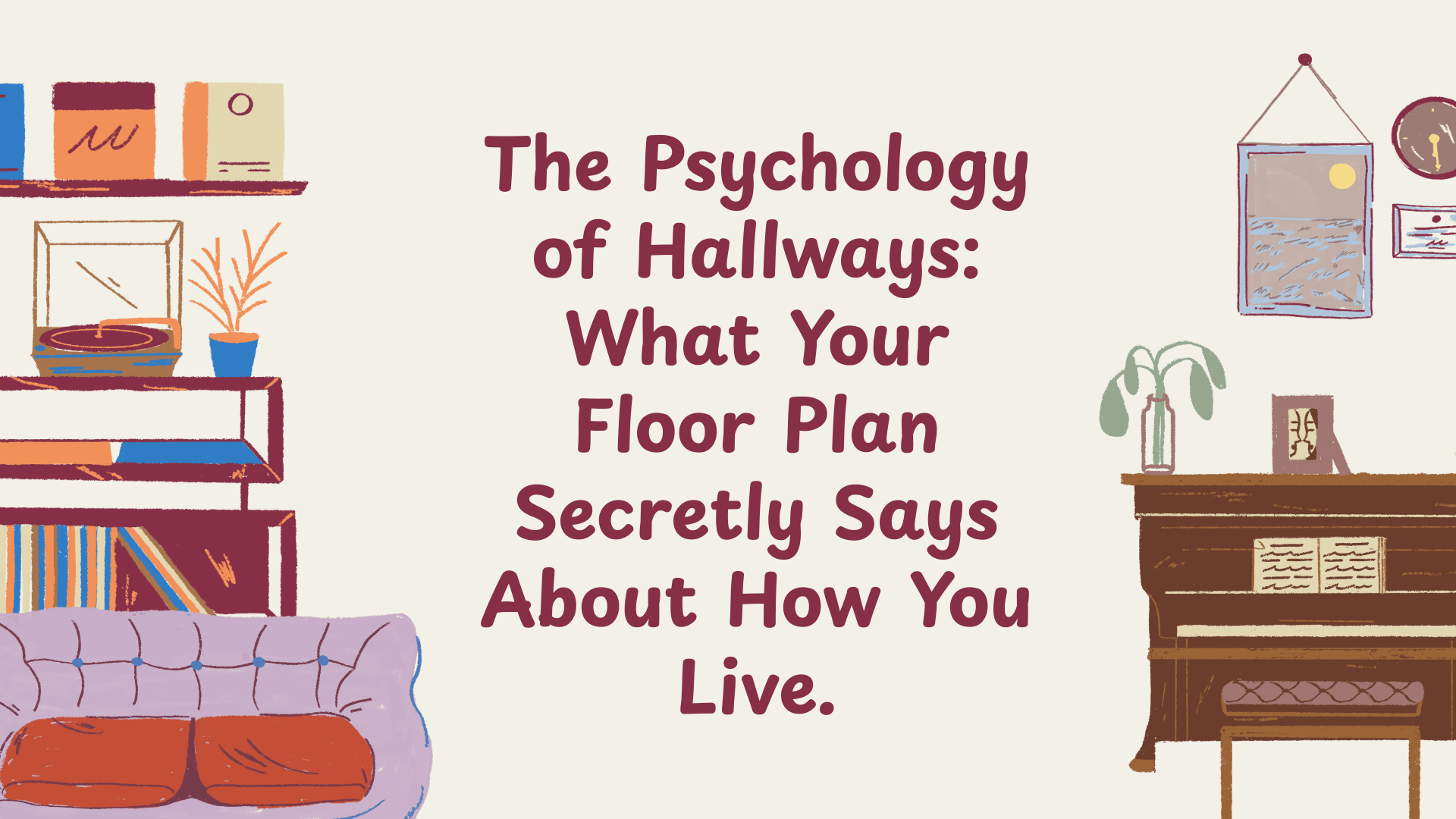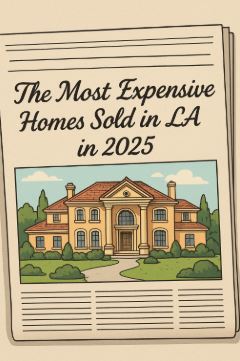Imagine stepping into a home. You’re greeted by a hallway, narrow, wide, dark, or light. But did you know this seemingly mundane corridor is a silent storyteller? It whispers about your lifestyle, values, and even your emotional well-being. Welcome to the psychology of hallways. The psychology of hallways is fascinating as it reveals much about our inner selves.
The Hallway as a Threshold
A hallway isn’t just a passage; it’s a threshold. In architectural psychology, this transitional space is seen as a boundary between different zones of the home. Its design can influence how we feel upon entering or leaving a space. A well-lit, welcoming hallway can set a positive tone for the rest of the home, while a dark, cluttered one might evoke feelings of unease or stress. The psychology of hallways shows how design impacts emotions, psychology of hallways demonstrates that design choices shape our feelings.
The Psychology of Hallways: Guiding Your Journey
Hallways serve as navigational guides within a home. The way they’re designed can affect how we move through our living spaces. A straight, open hallway might encourage a sense of freedom and flow, while a winding, narrow one can create a sense of intimacy or even mystery. These design choices can subtly influence our daily routines and interactions within the home, illustrating the broader psychology behind hallway layouts.
Color and Mood
The colors used in a hallway can significantly impact our mood and perception. Warm colors like yellows and oranges can create a welcoming and energetic atmosphere, while cooler tones like blues and greens can evoke calmness and tranquility. The choice of color can set the emotional tone for the entire home. Thus, the psychology of hallways extends beyond just structural design and delves into how color influences emotions.
Psychological Impact
The design of a hallway can also affect our mental well-being. Narrow, cluttered hallways might induce feelings of stress or anxiety, while spacious, well-organized ones can promote a sense of calm and order. The layout and design of these spaces can influence our behavior and emotions, often without us even realizing it, highlighting the intriguing psychology inherent in hallways.
The Psychology of Hallways: Hallways and Real Estate Value
In the realm of real estate, hallways are often overlooked. However, their design can impact a home’s appeal and value. A well-designed hallway can enhance the overall flow of a home, making it more attractive to potential buyers. Conversely, a poorly designed hallway might detract from a home’s appeal, showing how the psychology of hallways also has practical implications in real estate.
The Psychology of Hallways: Personal Expression
Hallways are often the first impression guests have of a home. How they’re decorated can reflect the personality and style of the inhabitants. Whether it’s through artwork, lighting, or furniture, the hallway serves as a canvas for personal expression, setting the tone for the rest of the home. Thus, the psychology of hallways is also about personal style and identity.
Conclusion
Next time you walk down a hallway, take a moment to observe its design. Is it narrow or wide? Bright or dim? Cluttered or organized? These elements are more than just aesthetic choices, they’re reflections of how you live, feel, and move through your space. At Rooster Listing, we understand that every detail counts, and sometimes, it’s the psychology of hallways that tells the most compelling stories, turning them into meaningful spaces.








Leave a Reply